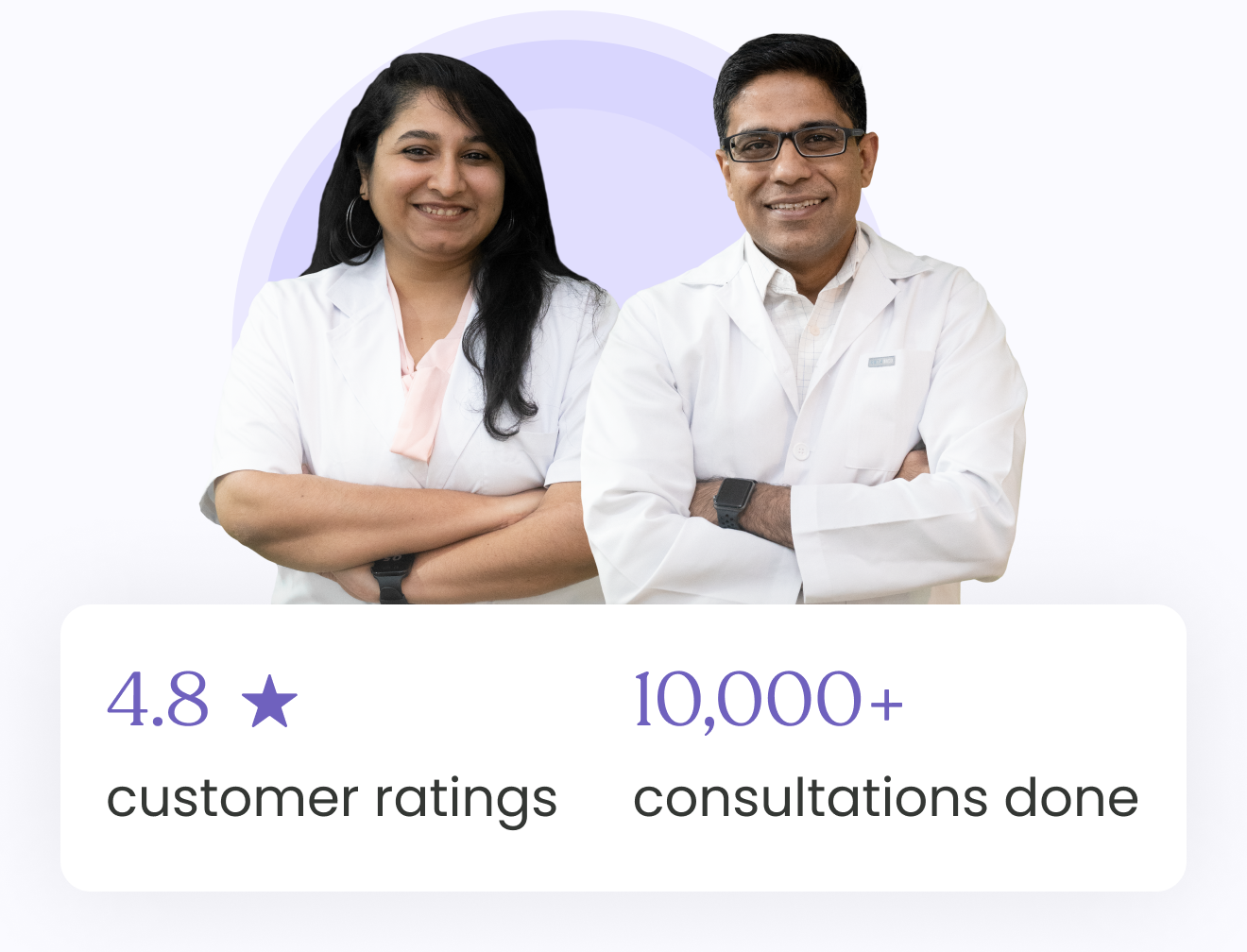What Is Lymphgranuloma Venereum (LGV)?

Allo Health is dedicated to personalized well-being, offering support and trusted information tailored to individual health goals. The platform emphasizes human-generated content, led by a distinguished medical team of experts, including physicians and sexual health specialists. Their commitment to credibility involves rigorous fact-checking, authoritative research, and continuous updates to ensure accurate, up-to-date information. Allo Health's unique approach goes beyond conventional platforms, providing expert-led insights and a continuous commitment to excellence, with user feedback playing a crucial role in shaping the platform's authoritative voice.

Dr Thanushree, has her MBBS from Kanachur Institute of Medical Sciences, Mangalore
Why This Was Upated?
Our experts continually monitor the health and wellness space, and we update our articles when new information became available.
Updated on 26 February, 2025
- Article was updated as part of our commitment to diversity, equity, and inclusion.
"The following blog article provides general information and insights on various topics. However, it is important to note that the information presented is not intended as professional advice in any specific field or area. The content of this blog is for general educational and informational purposes only.
Book consultation
The content should not be interpreted as endorsement, recommendation, or guarantee of any product, service, or information mentioned. Readers are solely responsible for the decisions and actions they take based on the information provided in this blog. It is essential to exercise individual judgment, critical thinking, and personal responsibility when applying or implementing any information or suggestions discussed in the blog."
Lymphogranuloma venereum (LGV) is one such infection, often overlooked despite its potential severity. This comprehensive guide aims to delve deeper into what LGV is, its symptoms, causes, diagnosis, treatment options, and prevention strategies.
Introduction to LGV
Lymphogranuloma venereum (LGV) is a sexually transmitted infection caused by certain strains of the bacterium Chlamydia trachomatis. While it shares its origins with the more commonly recognized chlamydia infection, LGV is distinct in its presentation and impact on the body. Unlike the typical genital or urogenital chlamydia, LGV primarily affects the lymphatic system, leading to swelling and inflammation of the lymph nodes.
Symptoms of LGV
- Initial Symptoms: The early signs of LGV can be subtle or mistaken for other conditions. They may include painless sores or ulcers on the genitals, anus, or surrounding areas. These ulcers can go unnoticed, especially if they are small or located internally.
- Secondary Stage: As the infection progresses, individuals may experience swelling and inflammation of the lymph nodes in the groin area. This swelling can be severe and lead to the formation of abscesses or draining fistulas. Other symptoms may include fever, chills, fatigue, and general malaise.
- Complications: If left untreated, LGV can lead to serious complications such as scarring of the genitals or rectum, chronic pain, and damage to the rectal lining or colon. In rare cases, untreated LGV can result in permanent disability or even death.

Causes and Transmission
LGV is caused by specific strains of the bacterium Chlamydia trachomatis, notably serovars L1, L2, and L3. The infection is typically transmitted through sexual contact, including vaginal, anal, or oral sex with an infected partner. Like other STIs, LGV can be spread even if the infected individual does not exhibit symptoms, making prevention and early detection crucial.
Diagnosis of LGV
Diagnosing LGV can be challenging due to its varied and nonspecific symptoms. Healthcare providers may conduct a thorough physical examination, review the patient’s medical history, and order laboratory tests to confirm the diagnosis. These tests may include:
- Physical Examination: Healthcare providers may look for signs of ulcers, swelling, or inflammation in the genital and groin area.
- Laboratory Tests: These may include blood tests, tissue samples from affected areas, or nucleic acid amplification tests (NAATs) to detect the presence of the bacteria.
Treatment Options
The good news is that LGV can be effectively treated with antibiotics. The choice of antibiotic and duration of treatment may vary depending on the severity of the infection and other factors. Commonly prescribed antibiotics for LGV include:
- Doxycycline: A tetracycline antibiotic often prescribed for a duration of three weeks.
- Azithromycin: A macrolide antibiotic that may be used as an alternative treatment option.
It is crucial for individuals diagnosed with LGV to adhere to their prescribed treatment regimen and complete the full course of antibiotics to ensure the infection is fully eradicated.
Prevention Strategies
Preventing LGV and other STIs involves a multifaceted approach that encompasses education, awareness, and behavioral changes. Key prevention strategies include:
- Safe Sex Practices: Consistently and correctly using condoms during sexual activity can significantly reduce the risk of LGV transmission.
- Regular Testing: Getting tested regularly for STIs, especially if engaging in high-risk sexual behavior or experiencing symptoms, is essential for early detection and treatment.
- Partner Communication: Open and honest communication with sexual partners about STI status, testing history, and safer sex practices can help prevent the spread of infections.
Lymphogranuloma venereum (LGV) may not be as well-known as other STIs, but its potential impact on individuals’ health and well-being is significant. By recognizing the symptoms, understanding the causes, seeking prompt medical attention, and adopting preventive measures, individuals can protect themselves and their partners from LGV and other sexually transmitted infections. Through education, awareness, and proactive healthcare practices, we can work towards promoting sexual health and reducing the burden of STIs in our communities.








































